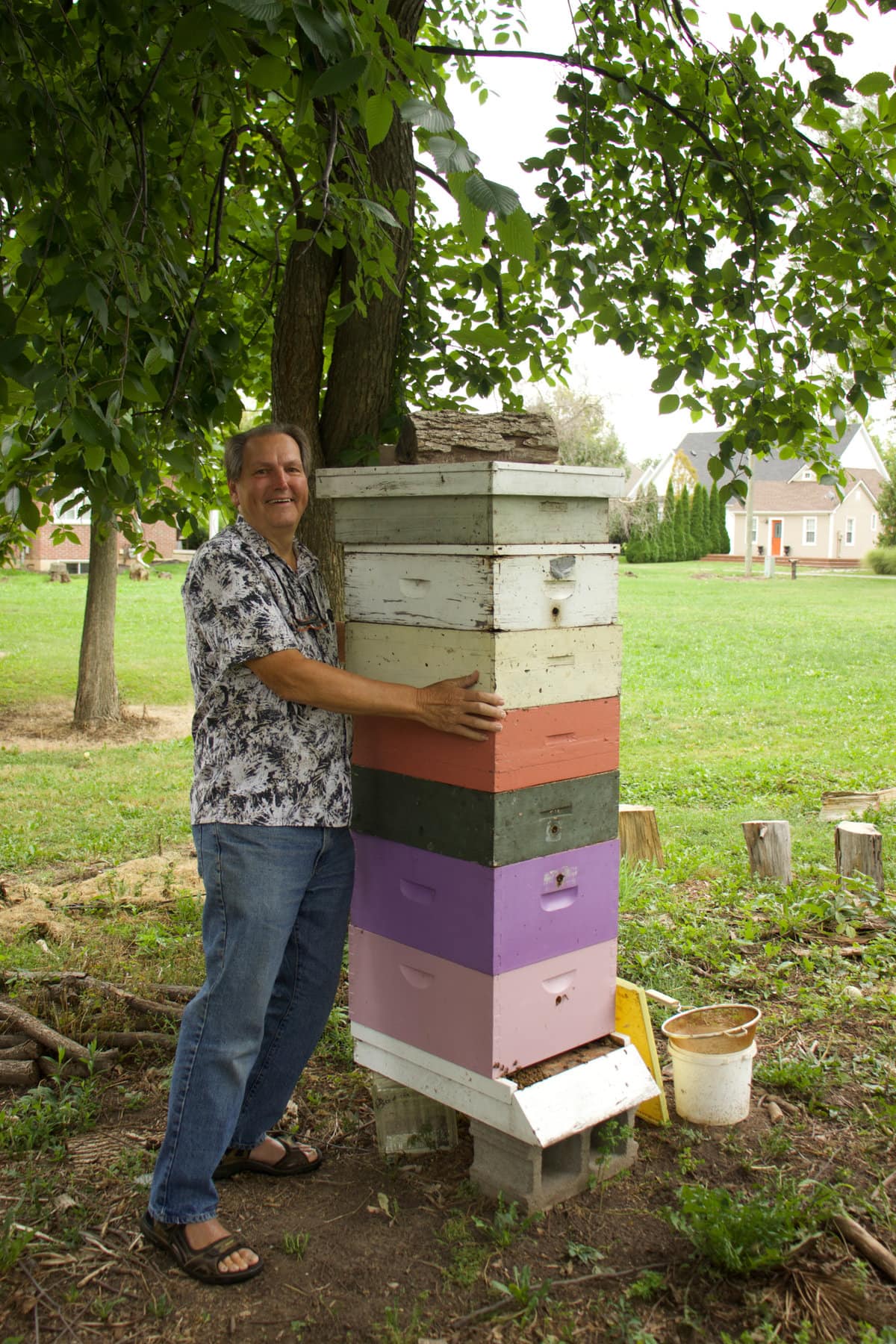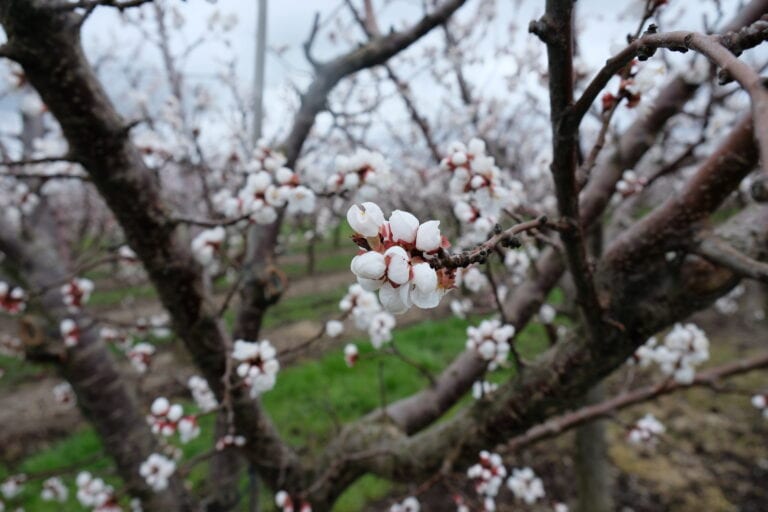It’s not all doom and gloom for beekeepers.
Many beekeepers had a difficult start to the season. Some lost most, if not all, of their beehives.
In Ontario, 47 per cent of winter colonies didn’t survive, according to the Canadian Association of Professional Apiculturists’ colony loss reports.
But there is some good news: things appear to be looking up for some beekeepers.
Dave White of White Orchard Farms lost all of his hives over the winter, rather than the usual few. But now, his new hives are thriving.
“Everything’s going really well,” said White.
He pointed to one of the hives on his property that he captured about a month and a half ago. Someone was going to exterminate the hive, but instead called White to see if he was interested in taking it.
“So my son went down, cut the branch off and just shook it. And they’re doing amazing,” he said.
He’ll get about 50 pounds of honey from the top box, he said.
When he took the hive, it had about 1,000 bees inside. Now, there’s 40,000 to 50,000, said White.
He’s now has eight hives, but hopes to increase that to 25 or 30 next year.
Beekeeping has been a part of Howard Bogusat’s life for 45 years and he thinks this is going to be his best year yet.
But the year didn’t start off that way.
He and his business partner Ron Zimmerman lost half of their 16 hives last winter after just losing one the previous year.
“But from 50 per cent we were back up to 17 hives by mid-June,” he said.
He and Zimmerman bought three queens that were originally imported from Italy. One of the new queens has already produced 75 pounds of honey and by October he expects that hive to produce 150 to 200 pounds.
In total, he’s collected 1,800 pounds of honey from all of his current hives.
“I think it could be a record year,” he said.
He keeps his hives in four different locations around Niagara-on-the-Lake.
Bogusat’s hives are around seven boxes high, with nine frames in each to collect the honey. Each frame of honey that is taken out of the hive weighs about three pounds.
“This is from the hive,” he said as he held up one of the frames, still full of honey.
Pointing to the wax still coating the honey in the frame, he took a piece off and put it in his mouth.
“(I) just take it and say OK, what did they get into to produce this one?” he said, sucking the honey off the wax before spitting it out.
The flavour of the honey is going to depend on the plants the bees have access to. All season long the flavours are going to change, Bogusat said.
Once the wax is stripped from the frame, it’s ready to be spun in a centrifuge. Spinners range in sizes and Bogusat’s holds 12 frames full of honey.
When it’s done spinning for about 15 minutes, he lets it sit for six to eight hours. Afterward, he just opens the tap and honey flows through a strainer and into a container. Then, it goes into the jars.
When it comes to beekeeping, Bogusat said location is everything.
Bees can fly as far as 12 kilometres, but usually stick to the food sources available to them within three kilometres. The closer the food source, the more trips the bees can make in a day.
Bees are fast and can visit up to 40 flowers per minute. The longer they spend at a certain spot the better the nectar.
Bogusat thinks the decline in bee colonies is largely due to weather, but agrees other factors also contribute – like chemicals or the varroa mite, a parasite that weakens and kills bees.
“Nobody really knows,” he said.
While the cause of widespread, significant bee losses remains still a mystery, beekeepers like Bogusat and White are back on their feet and ready to make some honey.
“Every year something happens in beekeeping you’re never seen before,” said Bogusat.
White is preparing for the winter and hopes the bees continue to thrive. He can check on the hives in the winter using a thermal imaging camera.
The winter is going to be a test, said White.
“But, like I said, they’re doing amazing,” he added.











